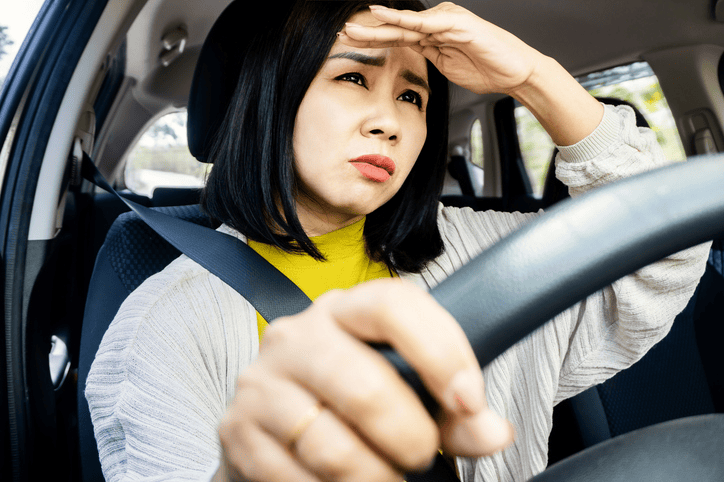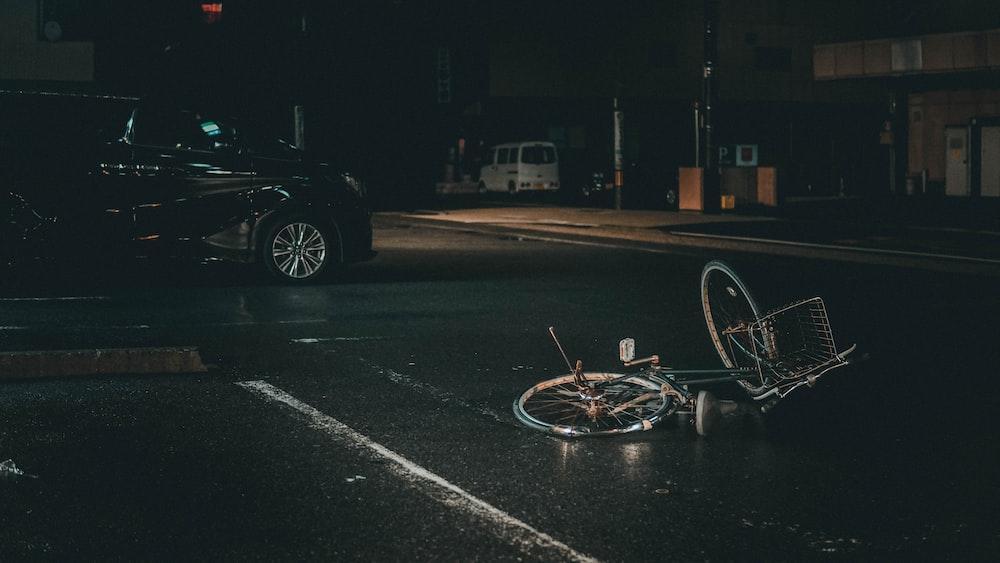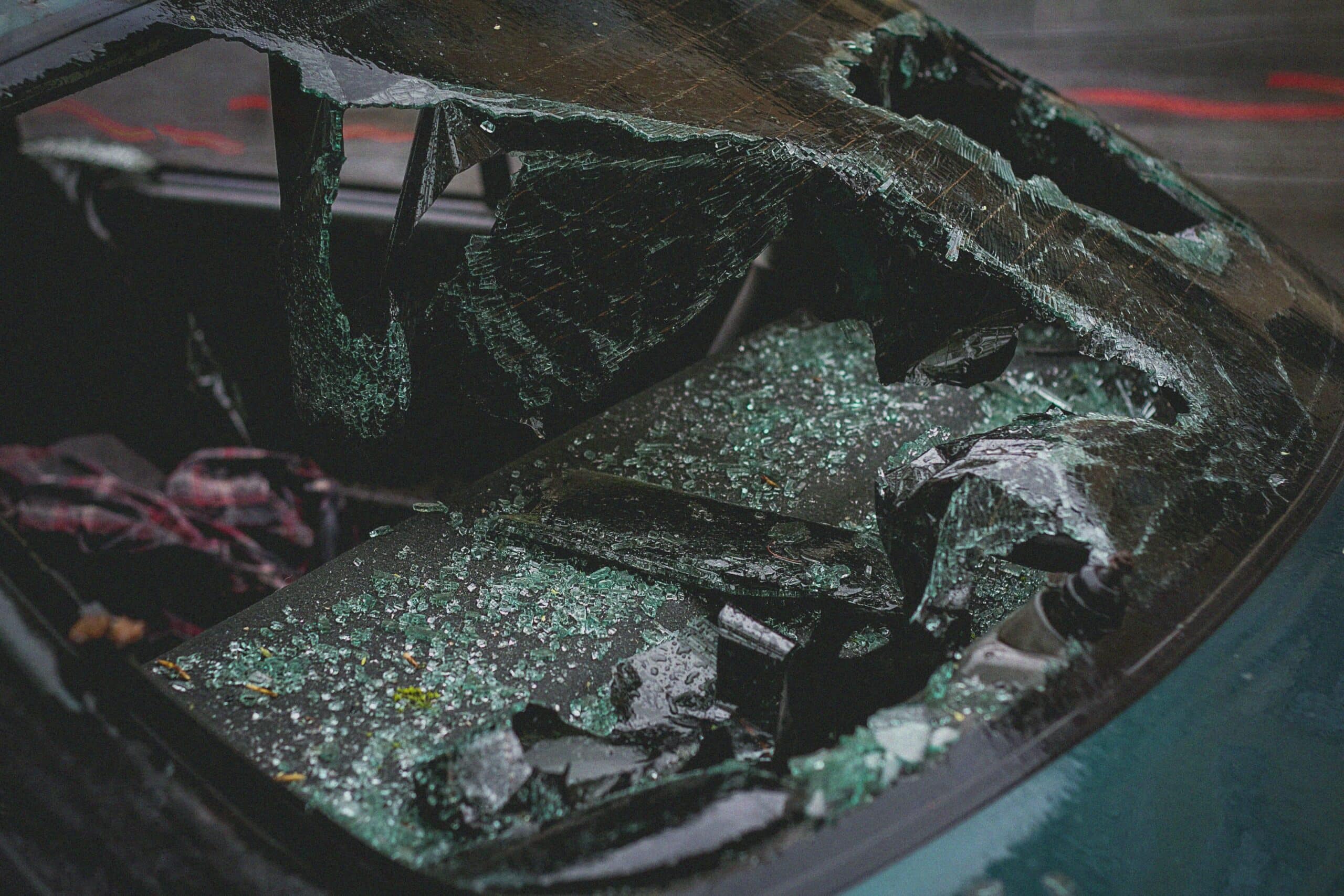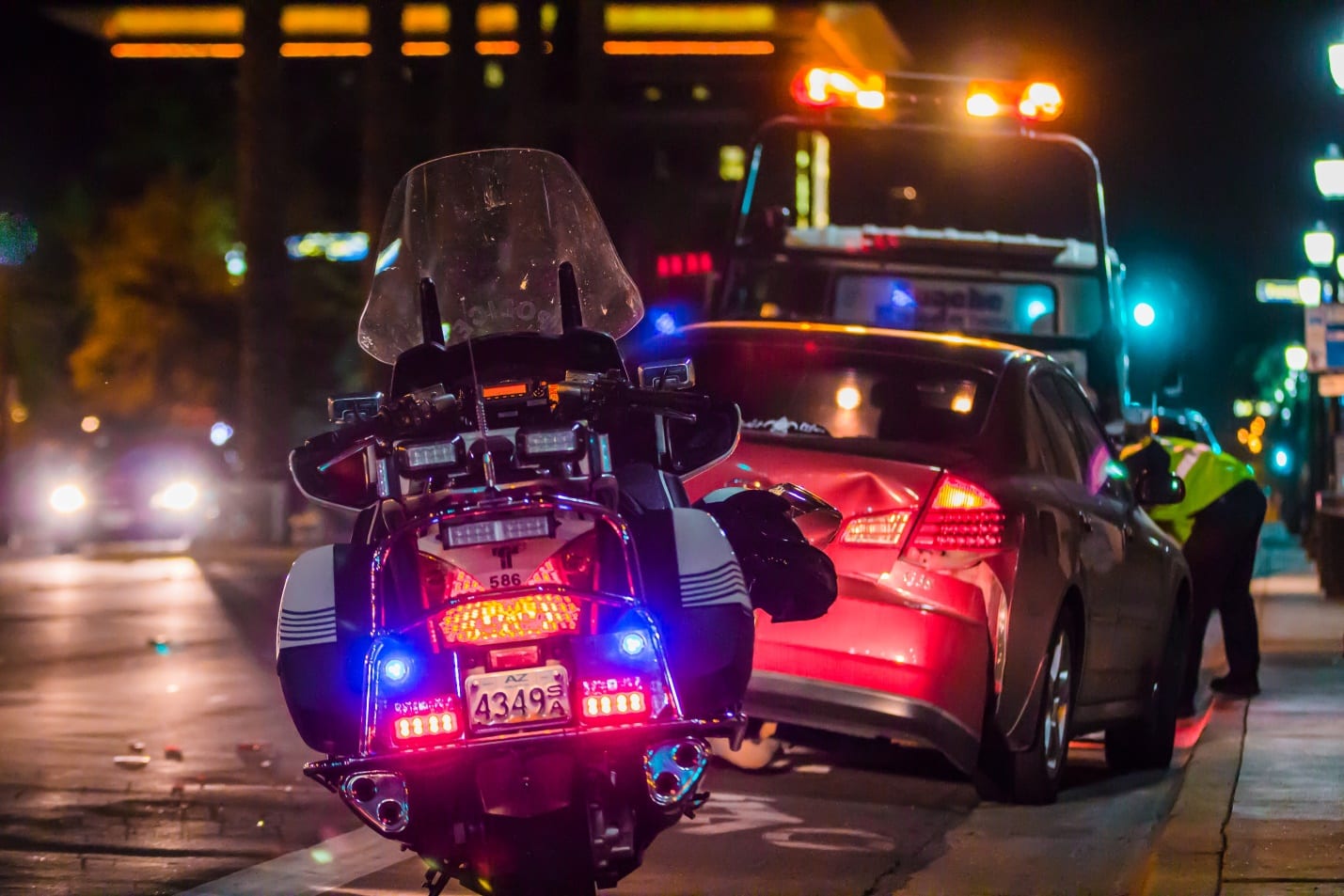Many Colorado residents prefer not to drive at night, especially during winter, due to poor visibility, icy roads, and other hazards. Those who do have to drive this late often navigate roads with limited streetlights, uneven terrains, and multiple turns. Hence, they will likely use their high beams to see the road better. In recent years, the practice has become commonplace.
However, it does beg the question; is operating a vehicle with high beams legal? What happens if a driver loses control and crashes into a car, truck, tree, or other mobile or stationary object because of another driver’s high beams?
High beams have always been a safety hazard, especially for drivers traveling opposite directions. Besides getting blinded, the winter road conditions can make it even more dangerous. Therefore, in this post, we’ll share a brief overview of Colorado headlight laws and how you can prove negligence in a winter accident caused by another driver’s high beams.
An Overview of Colorado Headlight Laws
Due to the abundance of wide-open and winding-back roads in Colorado combined with the seasonal snowstorms and rain, it’s not uncommon to see drivers using their high beams regularly. After all, the core purpose of this practice is to see better, especially in wooded areas where you can expect animals like deer and moose to cross unexpectedly.
However, this doesn’t mean you should always use high beams. Instead, only use the option in extreme situations. Regarding the practice’s legality, Colorado Statute considers driving with high beams on a two-lane road a moving infraction that can result in a point deduction on your license and hefty fines.
So, if you see another vehicle approaching in the opposite direction within 500 feet, you need to switch immediately to low beams. Similarly, when approaching another vehicle from the rear, you must turn off your high beams as soon as you reach within 300 feet of it.
Who’s Responsible For Winter Accidents Caused By High Beams?
Regardless of the accident type or severity, the rules of negligence determine which party is liable. In other words, the party who fails to behave with the same level of care that a reasonable person would have while operating on the same road would be responsible for the accident.
Hence, to prove liability, your Colorado car accident lawyer would have to show that their actions violated the state’s headlight laws and resulted in property damage and/or injuries. For instance, the lawyer can use dashcam footage as evidence to show that the negligent driver failed to dim their high beams within 500 feet of approaching.
Contact a Colorado Car Accident Lawyer Right Away!
If you’ve been in a winter accident caused by another driver’s high beams while driving on an icy road, contact Bourassa Law Group. They can help prove negligence and compensate you for your injuries and vehicular damage.
Feel free to contact us for a consultation at 800-870-8910 and let us discuss your case in detail, along with the available legal options.





